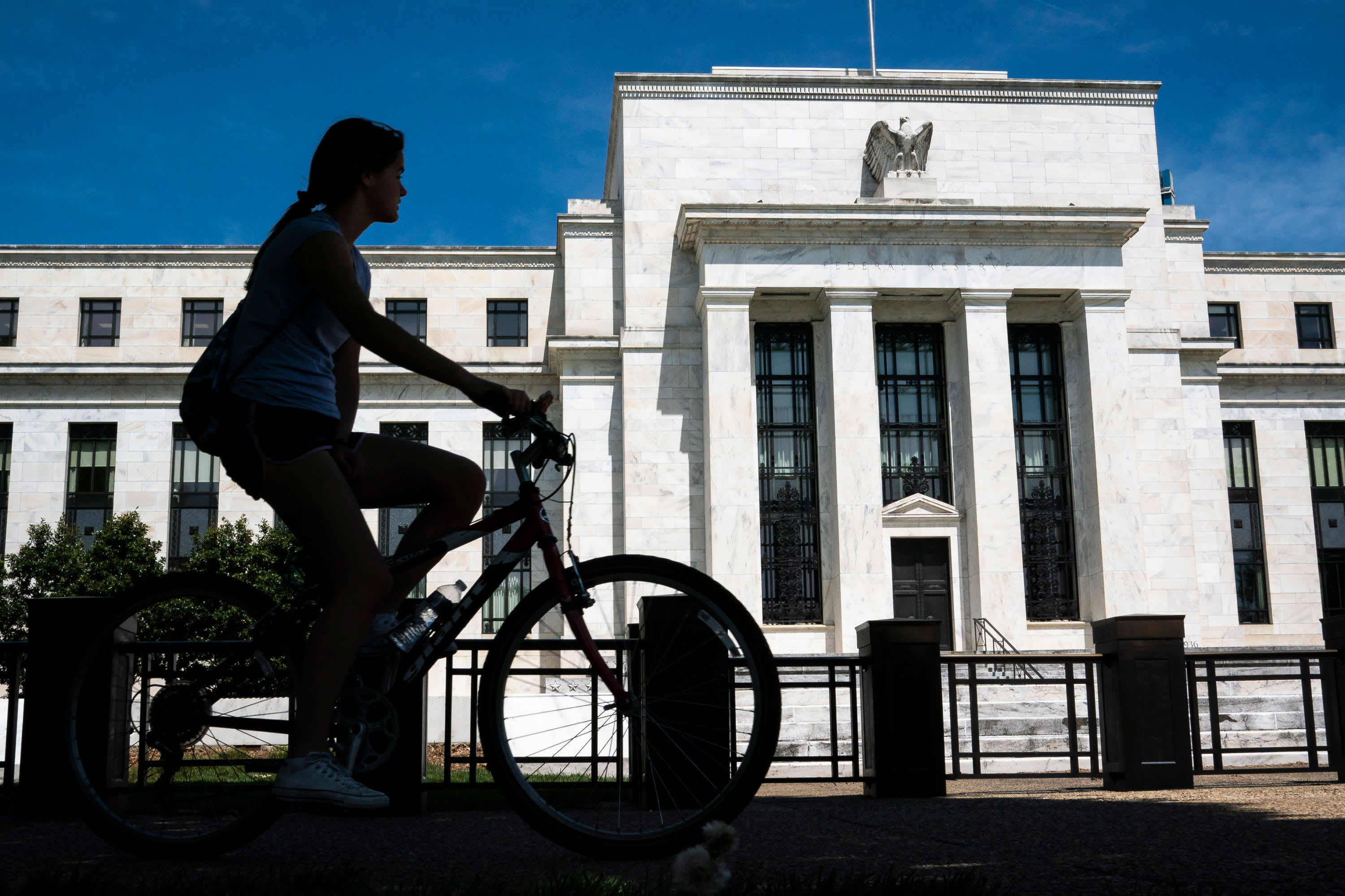In a rare move, the Federal Reserve announced an emergency rate cut of 50 basis points in response to the growing threat from the coronavirus outbreak.
It’s the first time the Fed has cut rates by half a percentage point since late 2008.
“The fundamentals of the U.S. economy remain strong,” Fed Chairman Jerome Powell said in a meeting with reporters. However, “the spread of the coronavirus has brought new challenges and risks.”
Interest rates are now historically low, which leaves the central bank with little wiggle room in the event of a recession or if the economy stumbles further. The Fed’s benchmark funds rate will be targeted in a range between 1% to 1.25%.
“The full emergency 50 basis points reduction is the first since the financial crisis, a sign how serious central bankers regard the downside risks to the economy,” said Mark Hamrick, senior economic analyst at Bankrate.com.
“The Fed’s most reliable ammunition, meaning lower rates, are dwindling,” Hamrick said.
Although the federal funds rate, which is what banks charge one another for short-term borrowing, is not the rate that consumers pay, the Fed’s moves still affect the borrowing and saving rates they see every day.
On the upside, ”lower rates provide an opportunity for lower cost borrowing including mortgages which support refinancing and prospective homebuyers,” Hamrick said.
On the downside, savers are earning less interest on their savings accounts and, in some cases, losing buying power over time.
Here’s a breakdown of how it works:
Credit cards
Most credit cards come with a variable rate, which means there’s a direct connection to the Fed’s benchmark rate.
With a rate cut, the prime rate lowers, too, and credit cards likely will follow suit. For cardholders, that means they could see that reduction in their annual percentage yield, or APR, within a billing cycle or two.
On the heels of the previous rate moves, credit card rates are down only slightly from a high of 17.85% when the Fed started cutting rates last July, according to Bankrate.
Savings
As a result of preceding changes in interest rates, savings rates — the annual percentage yield banks pay consumers on their money — are now as high as 2%, up from 0.1%, on average, before the Federal Reserve started increasing its benchmark rate in 2015.
Still, according to the FDIC, the average savings account rate is a mere 0.09% or even less at some of the largest retail banks. Online banks pay 10 times or 20 times that because they have fewer overhead expenses than traditional brick-and-mortar banks.
“For savers, it will remain import to shop around for the best rates,” Hamrick said.
Consumers should aim to secure a deposit rate that at least beats inflation, according to Richard Barrington, a financial expert with MoneyRates.com.
Alternatively, lock in a higher rate with a one-, three- or five-year certificate of deposit although that money isn’t as accessible as it is in a savings account and, for that reason, does not work well as an emergency fund.
Mortgages
Auto loans
For those planning on purchasing a new car, the Fed decision likely will not have any big material effect on what you pay.
However, since new cars are often financed by car manufacturers, these low rates will lower their costs, as well, and could mean car shoppers will be able to negotiate more successfully, according LendingTree’s Kapfidze.
